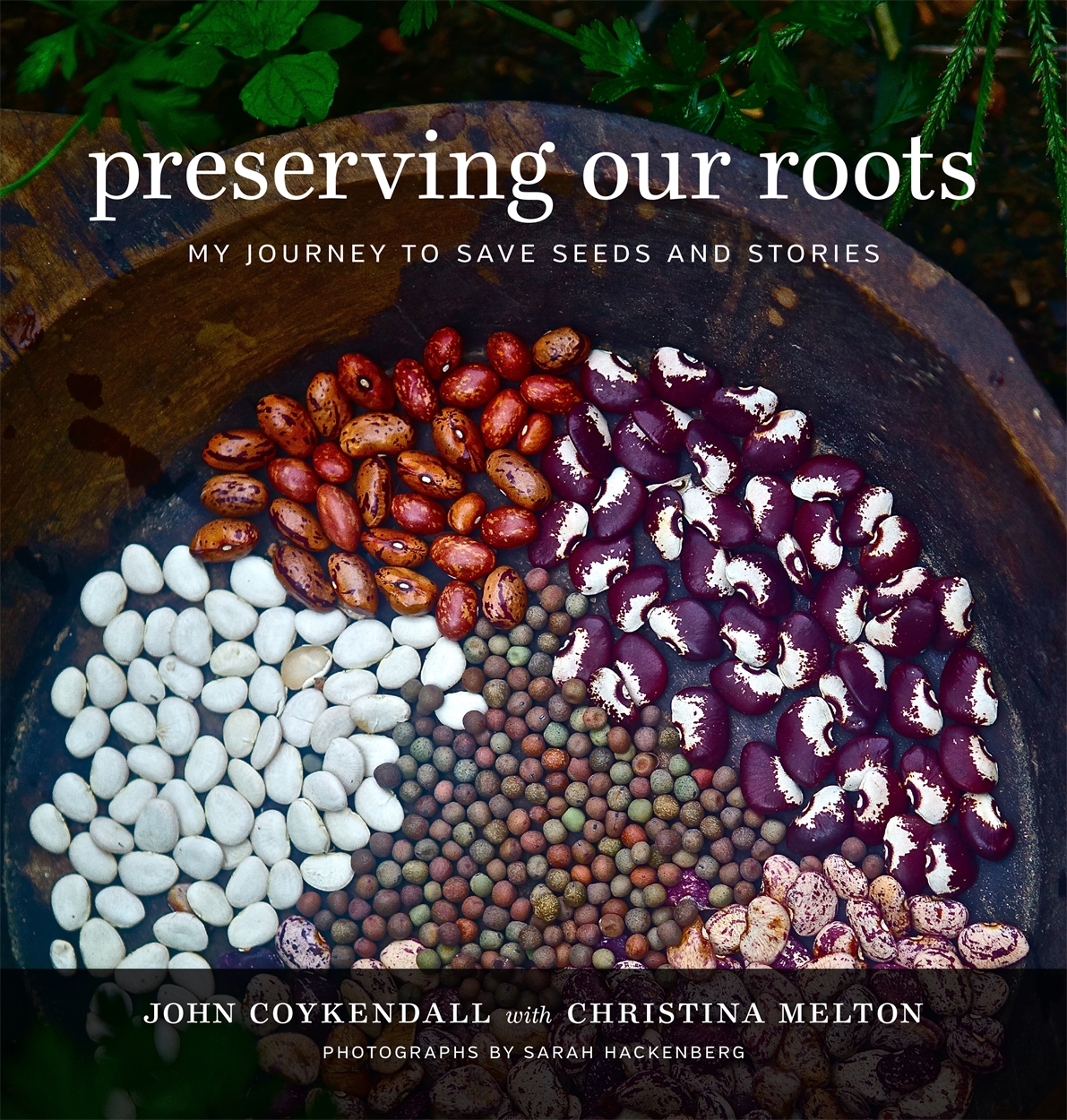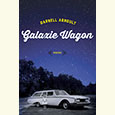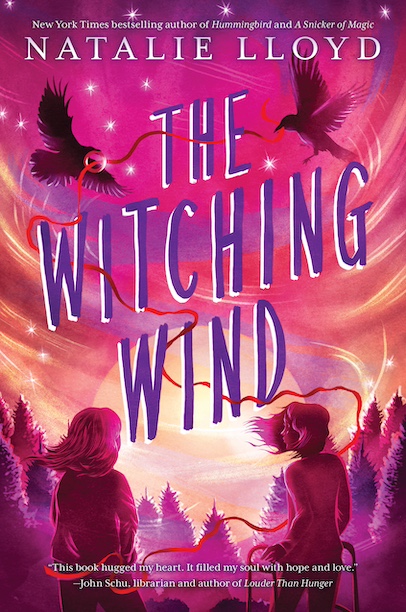Portrait of the Artists
Ada Calhoun’s Also a Poet takes on entwined familial and artistic legacies
In her memoir Also a Poet: Frank O’Hara, My Father, and Me, Ada Calhoun grapples with numerous legacies at once, each one proving elusive and irresistible. When she undertakes the task of completing a literary biography of Frank O’Hara — a project that had stumped her art critic father decades earlier — Calhoun engages complex, fascinating dynamics of familial angst and artistic ambition.

After poet Frank O’Hara died from a roadside accident in 1966, the New York City arts scene around him — made of writers, painters, and entangled personalities of various kinds — would never be the same. Their sense of daring exuberance had shifted the zeitgeist as “they ushered in a lusty new gay sensibility — urbane, witty, obsessed with all forms of culture.” And at the center was O’Hara, “the group’s beating heart.”
Calhoun was born into the 1970s generation of that post-O’Hara East Village arts scene. Her father, Peter Schjeldahl, began as a New York School poet but made his name as a renowned art critic, though Calhoun’s mother, actress Brooke Alderson, believes he “should give out business cards that read: PETER SCHJELDAHL—BRIDGE BURNER.”
Calhoun describes her father as “reckless, mercurial, occasionally mean,” though she acknowledges that unlike most men in their 70s and 80s bohemian East Village arts scene, he did stay with his family. Nonetheless, Schjeldahl remained consumed by his writing career throughout Calhoun’s upbringing, pursuing an ideal that, for him, was embodied in Frank O’Hara.
Schjeldahl’s love for O’Hara poured into the young Calhoun, deeply influencing her love of writing and books, as well as her devotion to New York. After her father gave her a pocket edition of O’Hara’s Lunch Poems, she carried the book everywhere, believing that these poems, so beloved by them both, were “protective like a talisman.” Calhoun felt that by “loving his favorite writer, I could honor him the way other children might honor their father by joining his business.”
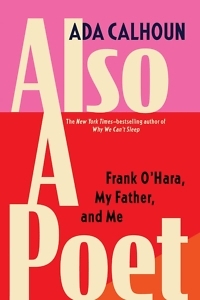 She did join that business. She’s written acclaimed nonfiction books on subjects ranging from the cultural legacy of St. Marks, the Village street where she grew up, to the myriad stresses facing Generation X. She’s also ghostwritten numerous bestsellers. Calhoun argues that to succeed at ghostwriting, “you must have boundless curiosity about the subject’s internal world, the way you would if they were your crush.”
She did join that business. She’s written acclaimed nonfiction books on subjects ranging from the cultural legacy of St. Marks, the Village street where she grew up, to the myriad stresses facing Generation X. She’s also ghostwritten numerous bestsellers. Calhoun argues that to succeed at ghostwriting, “you must have boundless curiosity about the subject’s internal world, the way you would if they were your crush.”
That curiosity kicks into overdrive when she discovers a neglected trove of cassettes in the basement of her parents’ building. The interviews contained on the tapes, which Schjeldahl recorded in the 70s, are relics of his abandoned O’Hara biography. This discovery sparks in Calhoun the desire to complete her father’s ambition. Eclipse it, even.
Despite warnings from others (including her father) who previously attempted to gain necessary permissions to include O’Hara’s poetry and letters in biographical projects, Calhoun proceeds with confidence, studying the recordings and conducting her own interviews. But her work soon runs into thorny ground when she must convince O’Hara’s reluctant sister (and literary executor) to cooperate with her project.
If this premise sounds like it risks becoming publishing-world inside baseball, the actual result here is a moving, funny, and insightful page-turner that refuses all simple conclusions. Calhoun deftly maneuvers her narrative through her upbringing amid this bohemian environment, bringing both the gifts and the dangers of that world to bear on the story of O’Hara’s legacy. Alongside passages about her household’s love of poetry, for example, sit references to her parents’ fondness for amphetamines.
This double edge gives invaluable context to the taped interviews, which include the perspectives of much-lauded poets and painters like Kenneth Koch and Willem de Kooning. Calhoun also includes the crucial recollections of a man who bonded with O’Hara while he was a young child surrounded by the chaos of bohemian grownups — a subject Calhoun knows inside and out.
To some degree, Also a Poet is a series of reflections on what the pursuit of creative ambition actually does to human beings over time. Calhoun shows respect and wonder for the dedication such work requires, but she does not flinch from the messiness and the dangers posed by the accompanying single-mindedness.
O’Hara makes an ideal focal point for this particular subject. His friends, lovers, and family describe incidents of unforgettable warmth and generosity but also events that revealed his propensity toward extremity, risk, and “the disarray that came from merging” his friendships with his sexual life, all of which fueled his literary work. His effect on others always ran deep.
Calhoun documents how that powerful effect has complicated all attempts to chronicle his legacy. Her father’s own Village Voice obituary for O’Hara warned that at the time of O’Hara’s death, an “aura of the legendary” threatened “to engulf the memory of all he was and did.”
Calhoun somehow finds a way through that cloud of distractions. By exposing the prickly, sometimes maddening relationship between her father and herself, she makes a thoughtful narrative space for the messiness of creative lives — and for the irresolvable impasses that sometimes form within family dynamics.
Calhoun describes the collection of materials generated during this process as “a Rubik’s Cube of voices and stories … that I’d probably be trying to solve for the rest of my life.” But that restless drive to understand the nature of creative ambition (and the fallout of a life spent pursuing it) is what makes Also a Poet such a memorable work.
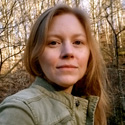
Emily Choate is the fiction editor of Peauxdunque Review and holds an M.F.A. from Sarah Lawrence College. Her fiction and nonfiction have appeared in Mississippi Review, storySouth, Shenandoah, The Florida Review, Rappahannock Review, Atticus Review, Tupelo Quarterly, and elsewhere. She lives near Nashville, where she’s working on a novel.
